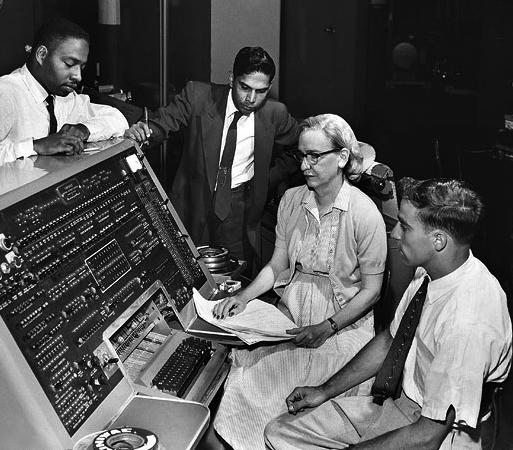Cadence Pursues Opportunities to Drive Diversity in the EDA Workforce
Originally published on Cadence Blogs
I recently saw a compelling ad on TV by an iconic social media company that served as an “ah-ha!” moment for me relative to the challenges that we face in electronic design automation (EDA): How can we accelerate diversity, equity, and inclusion (DEI) in our workforce and, especially, in our management team.
Certainly, we’ve made great strides addressing the DEI deltas that have beset our industry. But let’s face it…EDA hasn’t had the allure of some high-tech industries like social media platforms, content providers/distributors, and consumer-device makers.
To be sure, EDA has always played a foundational role in enabling the semiconductor and electronic systems industries to come up with nifty products that are driving the world forward. But being a niche and enabling player can limit your ability to be seen as a dynamic and cool employer brand to attract a diverse workforce.
But that may be changing. I’ll circle back to the TV ad in a moment.
The Business Case
First, there’s a strong business case to be made to attract the best and brightest across genders, ethnicities, and cultures.
- Teams composed of members with different viewpoints, communication styles, backgrounds, races, and beliefs will lead to diversity of thought and a broader set of ideas. That’s critical for businesses like Cadence who are creating innovation and technology.
- A diverse workforce drives employee retention. According to a recent study by the Brookings Metropolitan Policy Program, “Millennials are the most diverse generation in this country's history; in fact, 44% of them are minorities. And 47% actively look for companies that have diversity and inclusion programs when deciding on a job offer.”
- A broad range of comprehensive studies concludes that investing in DEI improves topline and bottom-line results. For example, a recent study by BCG found that diverse teams can raise revenues by 19%. According to BCG, a diverse workforce is more likely to relate to and understand the needs of a particular customer. So there's a significant financial carrot dangling from a stick for businesses who embrace DEI.
What We’re Doing
As you would expect, progressive companies, Cadence included, have responded to this business opportunity to attract and retain as diverse a workforce as possible.
First, our “One Cadence—One Team” culture builds and fosters diversity, equity, and inclusion (DEI webpage). We embrace and respect all backgrounds, experiences, and ideas because it helps solve technology’s toughest challenges, allowing our customers to create game-changing differentiated electronics.
Second, creating an inclusive environment where everyone has an equal opportunity to contribute is core to our One Cadence—One Team culture and to a successful culture overall.
Moreover, we’re building our brand as a diverse employer. Here’s how:
- We have three annual scholarship programs for Black, Latinx, and women students studying in technology fields.
- We are building an internal community within the company for underrepresented groups and their allies through our five Inclusion Groups (Black, Latinx, Veteran, LGBTQ, and Women). More groups are being formed globally and regionally in 2022.
- We offer leadership programs and mentorship for Black, Latinx, and women employees to build their capabilities and networks within the company.
- We achieved global gender salary pay parity and US salary pay parity based on race and ethnicity in 2019 and maintained this again in 2020 and 2021.
- We launched the Cadence Giving Foundation to support diversity, equity, and inclusion, STEM education, and climate and environmental sustainability.
Now About That TV Ad
What struck me about the ad were the cool innovations that were illustrated, much of them enabled by technologies that Cadence provides. Consequently, the EDA industry can lay claim to enabling “gee-whiz” innovations equally exciting as those that FANG firms boast about.
The ad also called to mind the EDA’s earliest days. Grace Hopper was an American computer scientist and US Navy Rear Admiral who was the first to devise the theory of machine-independent programming languages. The programming language she created in the 1950s was later extended to create COBOL, an early high-level programming language still in use today.
Hopper’s outside-the-box thinking is an object lesson for today. New technologies such as artificial intelligence and machine learning are growing in use in EDA, opening doors to new applications and emerging markets. This expansion will give new luster to EDA, boosting its image as a cool, important place to build a career, attracting the Grace Hoppers of today and tomorrow.



